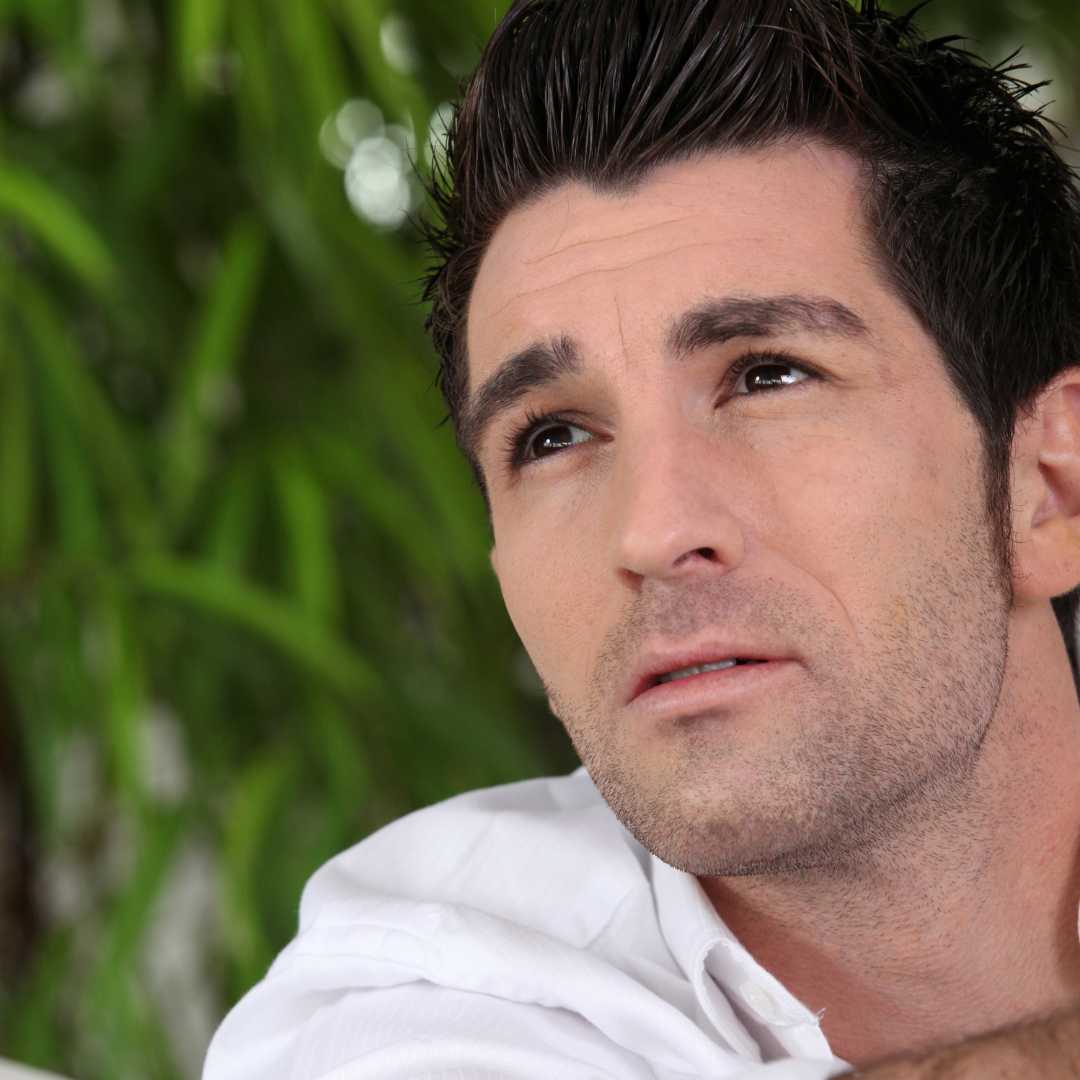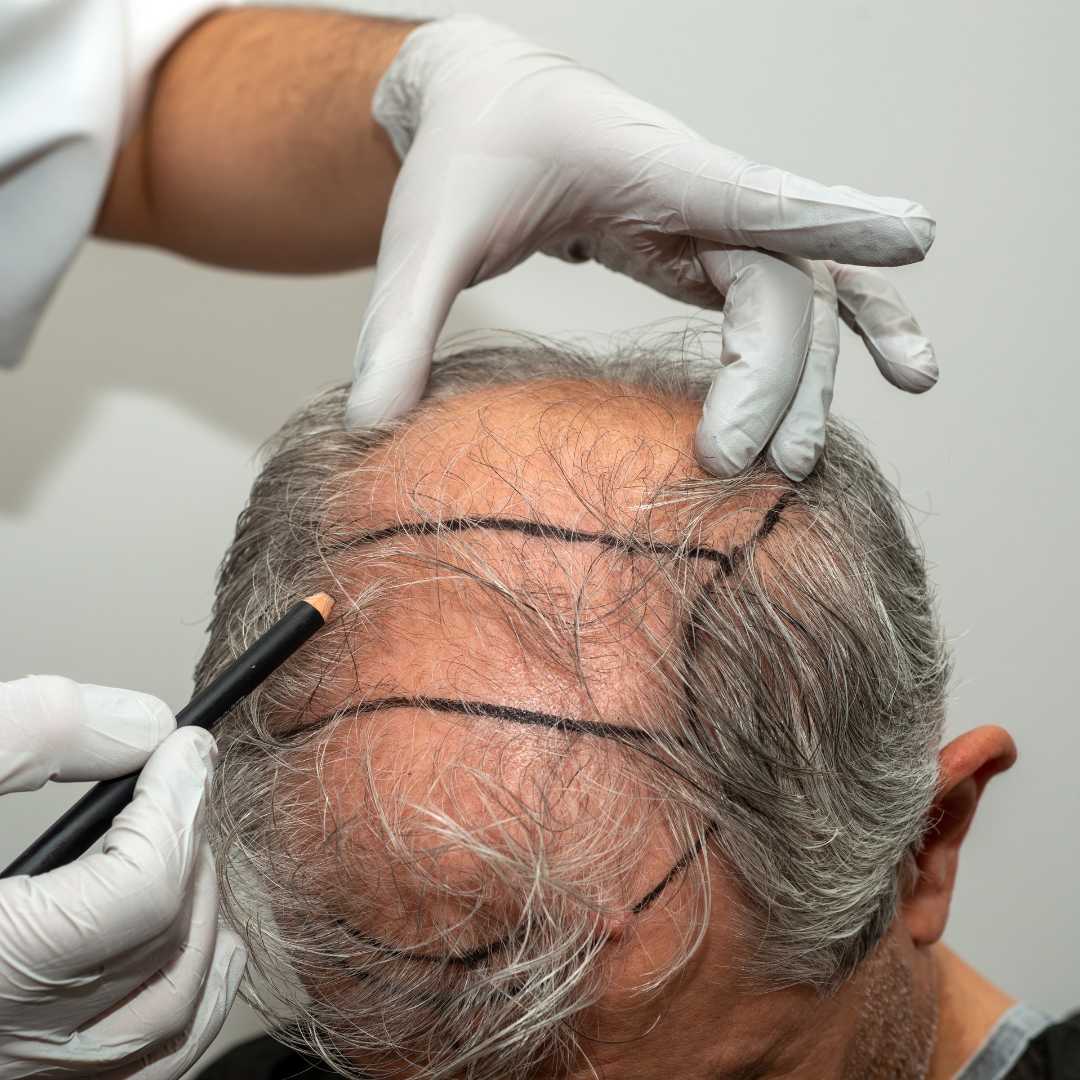.png)
An FUE (Follicular Unit Extraction) hair transplant in Turkey is a popular and cost-effective solution for UK patients seeking to restore their hair. It involves extracting individual hair follicles from a donor area (usually the back of the head) and transplanting them to a balding or thinning area, offering natural and long-lasting results.
Key Takeaways
-
Patients from the UK can save 50%-75% on the cost of an FUE hair transplant by choosing Turkey, with prices ranging from £1,950 to £4,680 compared to £4,520 to £9,740 in the UK.
-
Turkish clinics often provide all-inclusive packages covering the surgery, a stay in a 4 or 5-star hotel, VIP airport and clinic transfers, and comprehensive aftercare.
-
Istanbul is the leading hub for hair transplants, with many clinics performing hundreds of procedures monthly and offering high success rates.
Why UK Patients Are Choosing Turkey for FUE Hair Transplants
Turkey has become the global capital for hair transplantation, attracting hundreds of thousands of international patients annually due to its combination of advanced medical technology, highly experienced surgeons, and significantly lower costs.
The decision to travel abroad for a medical procedure, particularly to Turkey, is driven by several compelling factors:
-
Significant Cost Savings: The most prominent reason is the dramatic difference in price. The lower cost of living and favorable exchange rates in Turkey allow clinics to offer state-of-the-art procedures at a fraction of the price of those in the UK.
-
Experienced Surgeons and Clinics: Turkey boasts a high concentration of expert hair transplant surgeons and clinics that specialize exclusively in hair restoration. Due to the high volume of procedures, these professionals have honed their skills, often using the latest techniques like Sapphire FUE and DHI.
-
All-Inclusive Packages: Many top clinics in Istanbul and other major cities offer comprehensive packages that simplify the entire process for international patients. These packages typically include the procedure itself, pre-operative consultations, post-operative care, medications, accommodation, and ground transportation, removing any logistical stress.
-
High Standards of Care: Reputable Turkish clinics operate in JCI-accredited hospitals and use modern equipment, ensuring patient safety and high-quality results that rival or even surpass those available in Western countries.
.png)
Understanding the FUE Hair Transplant Procedure
The FUE hair transplant procedure is a minimally invasive surgical technique that provides a natural-looking result with a shorter recovery time than traditional methods.
The process is meticulous and typically takes a full day to complete, depending on the number of grafts needed. Here’s a step-by-step breakdown:
-
Consultation and Hairline Design: Upon arrival, the surgeon will conduct a final in-person consultation. They will analyze your hair loss pattern, determine the number of grafts required, and, most importantly, design a natural and aesthetically pleasing hairline. This is a critical step, as a well-designed hairline is the foundation of a successful transplant.
-
Anesthesia: Local anesthesia is applied to both the donor area (the back of the head where follicles are harvested) and the recipient area (the balding section) to ensure the procedure is completely pain-free. Patients are awake and comfortable throughout the surgery.
-
Follicle Extraction: Using a specialized micro-punch tool, the surgeon individually extracts healthy hair follicles (known as grafts) from the donor area. This technique leaves behind tiny, dot-like scars that are virtually undetectable, unlike the linear scar from the older FUT (Follicular Unit Transplantation) method.
-
Channel Opening: The surgeon creates tiny incisions, or channels, in the recipient area. The angle, direction, and density of these channels are paramount to achieving a natural hair growth pattern. The Sapphire FUE technique uses sapphire blades for this step, creating even finer and more precise channels, which can improve graft survival and reduce recovery time.
-
Graft Implantation: The extracted follicles are then carefully implanted into the open channels. This requires immense skill and precision to ensure the grafts are placed at the correct depth and angle.
Did You Know? A standard FUE hair transplant can involve transplanting anywhere from 1,000 to over 5,000 grafts in a single session, with each graft containing 1-4 hair follicles.
Cost of FUE Hair Transplants: UK vs. Turkey
The price of a hair transplant is a significant factor for most patients, and Turkey offers a massive financial advantage without compromising on quality.
The total cost of hair transplant in Turkey can vary based on the number of grafts required, the surgeon's experience, the clinic's reputation, and the type of package chosen. The table below provides a clear comparison of average costs.
Expert Insight: "Turkish clinics have streamlined the hair transplant process into a highly efficient, all-inclusive medical tourism model. This business model, combined with a lower cost base, allows them to deliver world-class results at a price point that is simply unattainable for clinics in the UK."
Recovery and Aftercare: A Step-by-Step Timeline
Following your surgeon's aftercare instructions is crucial for the success of your hair transplant. The recovery process is straightforward, but requires patience and diligence.
-
Day 1-3: You will wear a bandage over the donor area. Swelling in the forehead and around the eyes is common and typically subsides within a few days. You must sleep with your head elevated at a 45-degree angle to minimize swelling.
-
Day 4-10: The clinic will guide you through the first post-operative hair wash, showing you how to gently clean the scalp. You will continue this process at home. Crusting and scabbing around the transplanted grafts are normal and will gradually fall off.
-
Week 2-4: The transplanted hairs will enter a "shedding" phase. This is a natural and expected part of the process, as the hair follicles rest before new, permanent hair begins to grow. Shock loss of existing hair in the area may also occur but is usually temporary.
-
Months 3-6: New hair growth begins. Initially, the hairs may be fine and thin, but they will gradually thicken over time.
-
Months 6-12: Significant hair growth is noticeable. The density of the hair will increase, and you will begin to see the final shape of your new hairline.
-
12-18 Months: The final results are achieved. The hair is fully matured and the transplant area has blended seamlessly with your natural hair.
Risks, Side Effects, and How to Mitigate Them
While FUE is a safe and minimally invasive procedure, it is still a surgical operation with potential risks and side effects, most of which are temporary and minor.
-
Swelling and Bruising: Temporary swelling of the forehead and around the eyes is the most common side effect. It can be managed with prescribed medication and by keeping your head elevated.
-
Infection: Although rare, infection is a risk if proper hygiene is not maintained. Following the clinic's aftercare instructions and using the provided medications (antibiotics) is essential.
-
Numbness: A temporary loss of sensation in the donor and recipient areas is normal due to nerve disruption. This sensation typically returns within a few months.
-
Overharvesting: This is a risk of poor-quality clinics. If too many grafts are removed from the donor area, it can leave it looking thin or patchy. Choosing a reputable clinic with an experienced surgeon is crucial to avoid this.
-
Poor Graft Survival: Grafts can fail to survive if they are mishandled, if the channels are not created correctly, or if aftercare is neglected. The best clinics guarantee a high graft survival rate (often over 95%).
.png)
Alternatives to FUE Hair Transplants
For those not ready for surgery or with specific types of hair loss, several non-surgical alternatives can be effective.
-
Medications: Finasteride and Minoxidil are FDA-approved medications that can slow down hair loss and promote regrowth. They are most effective in the early stages of hair loss but require continuous use.
-
PRP (Platelet-Rich Plasma) Therapy: This non-invasive treatment involves drawing a patient's blood, concentrating the platelets, and injecting the solution into the scalp to stimulate hair follicles. It can be used as a standalone treatment or in conjunction with a hair transplant to enhance results.
-
Scalp Micropigmentation (SMP): SMP is a cosmetic procedure that creates the illusion of a shaved head of hair by tattooing tiny dots of pigment onto the scalp. It's a popular option for those with limited donor hair or who prefer a buzz-cut look.
Frequently Asked Questions (FAQs)
How many grafts will I need?
The number of grafts required depends on your degree of hair loss, the size of the balding area, and the density you wish to achieve. A reputable surgeon will perform a detailed assessment to determine the exact number during your consultation.
Is a hair transplant in Turkey safe?
Yes, if you choose a highly-rated, accredited clinic with experienced surgeons. Turkey has a well-regulated medical tourism industry, and many clinics meet or exceed international standards.
How long do I need to stay in Turkey?
Most clinics recommend a 3-day stay to accommodate the consultation, the procedure, and the first post-operative wash. This ensures you receive proper initial care before traveling back home.
Will the results look natural?
When performed by a skilled surgeon, the results are extremely natural. The surgeon's ability to correctly angle and position each graft is what creates a seamless and undetectable outcome.
Can I get my money back if the transplant fails?
Most reputable clinics offer a guarantee on their results, which may include a free touch-up procedure if the grafts do not grow as expected. Always clarify the terms of this guarantee before booking your surgery.
What is the difference between FUE and DHI?
FUE and DHI (Direct Hair Implantation) are both advanced hair transplant techniques. The main difference lies in the implantation method. In DHI, the surgeon uses a special implanter pen to open the channels and implant the graft simultaneously, offering greater precision.
Can I return to work right away?
You can return to work within a few days, but it's recommended to take at least a week off to allow for initial healing and to manage any visible swelling or redness.
Ready to Restore Your Confidence?
Don't let hair loss hold you back any longer. PlacidWay connects you with a curated network of the best FUE hair transplant clinics in Turkey, ensuring you receive world-class care at an unbeatable price.
Our medical tourism specialists will guide you through every step of the process, from finding the right clinic and surgeon to arranging your travel and accommodation. Get a free, no-obligation quote today and start your journey toward a fuller, more confident you.


.png)

.png)



.png)
.png)







Share this listing